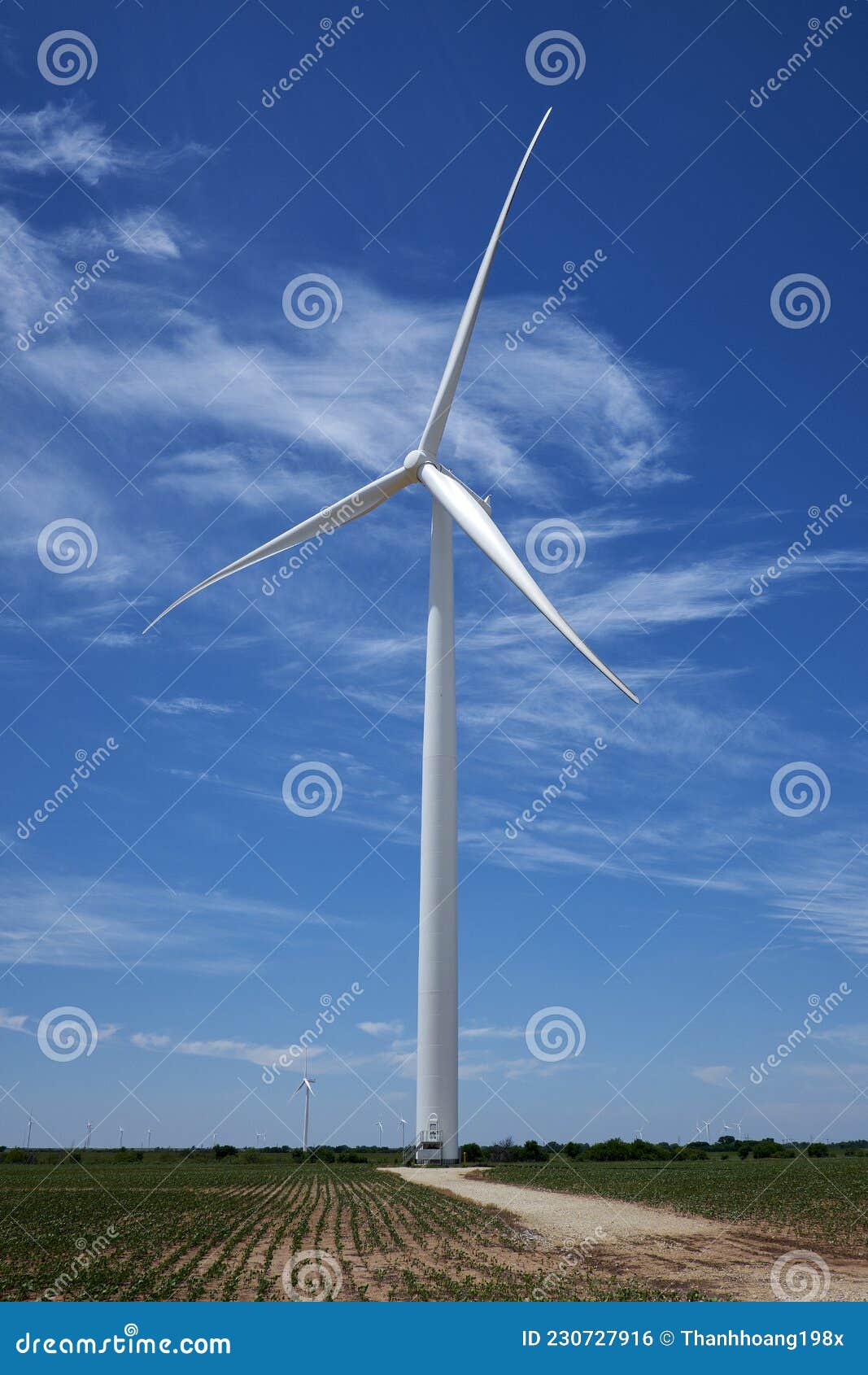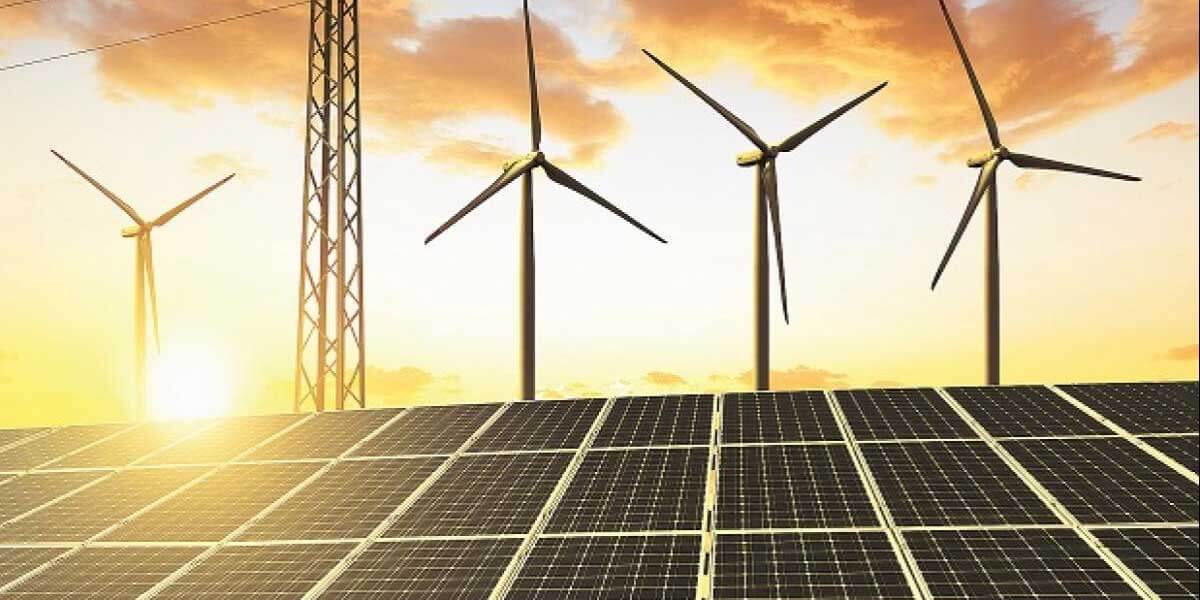Indirect forms of solar energy are those that are not directly from the sun. They are usually from the sun’s heat or light. Some examples of indirect solar energy are wind, hydro, and geothermal.
All of these forms of energy come from the sun, but they are not directly from the sun.
There are many forms of solar energy that don’t involve directly harnessing the sun’s rays. These indirect forms of solar energy include solar thermal energy, solar architecture, and solar Powered desalination.
Solar thermal energy involves using the sun’s heat to generate electricity or to heat water or air.
Solar thermal power plants use mirrors to reflect and concentrate sunlight onto a small area. The concentrated sunlight produces heat that is then used to generate electricity or to heat water or air.
Solar architecture is the use of the sun’s energy to heat and cool buildings.
Solar architects design buildings that take advantage of the sun’s position and the climate to minimize the use of energy for heating and cooling.
Solar powered desalination is a process of using the sun’s energy to remove salt and other impurities from water. Solar desalination can be used to create fresh water from seawater or brackish water.

Credit: www.dreamstime.com
What are the Direct And Indirect Forms of Solar Energy?
Solar energy is one of the most versatile and sustainable forms of renewable energy available. Solar energy can be used to generate electricity, to heat water or air, and to power appliances and devices. Solar energy can be harnessed directly or indirectly.
Direct solar energy refers to the conversion of sunlight into another form of energy, typically electricity, using photovoltaic cells or solar thermal collectors. Solar photovoltaic (PV) cells are the most common type of solar cell and are used in a wide variety of applications, from small electronic devices to large solar power plants. Solar thermal collectors are used to collect and store heat from the sun, which can then be used for space heating, domestic hot water, or industrial process heat.
Indirect solar energy refers to the conversion of sunlight into another form of energy, typically electricity, using mirrors and lenses to focus the sun’s rays. Concentrating solar power (CSP) plants use mirrors to reflect and concentrate sunlight onto a central receiver, where the sun’s heat is used to generate electricity. Solar thermal power plants use lenses or mirrors to focus sunlight onto a central receiver, where the sun’s heat is used to generate electricity.
Solar energy is a renewable resource that can be used to generate electricity, heat water or air, and power appliances and devices. Solar energy can be harnessed directly or indirectly. Direct solar energy refers to the conversion of sunlight into another form of energy, typically electricity, using photovoltaic cells or solar thermal collectors.
Solar photovoltaic (PV) cells are the most common type of solar cell and are used in a wide variety of applications, from small electronic devices to large solar power plants. Solar thermal collectors are used to collect and store heat from the sun, which can then be used for space heating, domestic hot water, or industrial process heat. Indirect solar energy refers to the conversion of sunlight into another form of energy, typically electricity, using mirrors and lenses to focus the sun’s rays.
Concentrating solar power (CSP) plants use mirrors to reflect and concentrate sunlight onto a central receiver, where the sun’s heat is used to generate electricity. Solar thermal power plants use lenses or mirrors to focus sunlight onto a central receiver, where the sun’s heat is used to generate electricity.
What is an Indirect Source of Energy?
An indirect source of energy refers to something that doesn’t produce energy itself, but rather uses or stores energy that was produced elsewhere. The most common examples of indirect sources of energy are fossil fuels like coal, oil, and natural gas. When burned, these materials release the chemical energy that they’ve been storing for millions of years, converting it into heat and light.
Other indirect sources of energy include nuclear power plants, which use uranium to generate heat that is then used to produce electricity, and hydroelectric dams, which store the energy of flowing water in the form of potential energy. When that potential energy is released, it can be used to generate electricity.
So, while an indirect source of energy doesn’t produce energy itself, it can be a vital link in the energy chain, converting energy from one form to another and making it available for us to use.
Direct/Indirect Solar Energy Lab
All of the Following are Indirect Forms of Solar Energy Except:
We all know that solar energy is a clean and renewable energy source that comes from the sun. But did you know that there are actually several different forms of solar energy? Here’s a breakdown of the different types of solar energy and how they’re used:
1. Solar Thermal Energy
Solar thermal energy is one of the most common forms of solar energy. It’s used to heat up water or air, and can be used for a variety of applications including space heating, swimming pools, and industrial processes.
2. Solar Photovoltaic Energy
Solar photovoltaic energy is the type of solar energy that’s used to generate electricity. Solar PV panels convert sunlight into electricity, which can then be used to power homes and businesses.
3. Solar Thermal Electricity
Solar thermal electricity is a relatively new form of solar energy that’s used to generate electricity. Solar thermal power plants use mirrors to reflect and concentrate sunlight onto a receiver, which then converts the sunlight into heat.
The heat is then used to generate electricity.
4. Solar Fuels
Solar fuels are a type of solar energy that can be used to store energy from the sun.
Solar fuels are made by using solar energy to split water molecules into hydrogen and oxygen. The hydrogen can then be used as a fuel, while the oxygen can be released into the atmosphere.
So there you have it!
These are just a few of the different types of solar energy that are available. As you can see, solar energy is a versatile and powerful energy source that can be used in a variety of ways.
Which of the Following Does Not Involve Solar Energy
We all know that solar energy is a renewable resource that can be used to power our homes and businesses. But did you know that there are actually several different types of solar energy? And not all of them involve the sun!
Here’s a quick rundown of the different types of solar energy and how they work.
Solar Thermal Energy
Solar thermal energy involves using the sun’s heat to generate electricity.
This can be done either by using mirrors to concentrate the sun’s rays and create heat, or by using photovoltaic cells to directly convert the sun’s light into electricity.
Solar Photovoltaic Energy
Solar photovoltaic energy is the most common type of solar energy.
It involves using photovoltaic cells, which are made of semiconductor materials like silicon, to directly convert sunlight into electricity.
Solar Thermal Electricity
Solar thermal electricity, also known as concentrated solar power, involves using mirrors or lenses to concentrate the sun’s rays and create heat.
This heat is then used to generate electricity.
Solar Fuel
Solar fuel is a new type of solar energy that is currently being developed.
It involves using solar energy to split water molecules into hydrogen and oxygen, which can then be used as a clean and renewable fuel source.
Direct Solar Energy
Solar energy is a type of renewable energy that comes from the sun. Solar energy can be used for a variety of purposes, including powering homes and businesses, providing hot water, and generating electricity.
Solar energy is a clean and sustainable resource that can help to reduce our reliance on fossil fuels.
Solar panels convert sunlight into electricity, which can then be used to power our homes and businesses. Solar water heaters use the sun’s energy to heat water, which can then be used for domestic or commercial purposes.
There are a number of benefits to using solar energy, including the fact that it is a clean and renewable resource.
Solar energy can help to reduce our carbon footprint and save money on our energy bills. Solar power is also increasingly becoming more efficient as technology advances.
If you’re considering making the switch to solar energy, there are a few things to keep in mind.
First, you’ll need to determine if your home or business is suitable for solar power. Solar panels need to be installed in a sunny location in order to work effectively. You’ll also need to factor in the initial cost of installing solar panels, as well as the ongoing maintenance costs.
Overall, solar energy is a great way to reduce your reliance on fossil fuels and save money on your energy bills. If you’re considering making the switch to solar, be sure to do your research to ensure that it’s the right choice for you.
Why is Sailing an Indirect Form of Solar Power
As the wind blows, it transfers energy to the sails of a boat and propels it forward. That wind energy is created by the uneven heating of the Earth’s surface by the sun. So in a very real sense, sailing is a form of solar power.
There are two types of solar power: direct and indirect. Direct solar power is when the sun’s rays are converted into electricity, for example, by solar panels. Indirect solar power is when the sun’s energy is used to create something else, like wind or waves.
Sailing is an indirect form of solar power because the sun’s energy is used to create the wind, which in turn powers the boat.
The sun heats the Earth’s surface unevenly. The equator gets more direct sunlight than the poles.
This causes the air over the equator to be warmer than the air over the poles. The warm air rises and the cool air rushes in to take its place. This movement of air is what we know as wind.
So, when you’re out sailing on a sunny day, you’re harnessing the power of the sun indirectly, through the wind. And that’s pretty cool!
Conclusion
There are many forms of solar energy, but not all of them are direct. Some forms of solar energy are indirect, meaning they require another process to convert them into a usable form.
Indirect solar energy includes solar thermal energy, which uses mirrors to reflect and concentrate sunlight onto a receiver, and solar chemical energy, which uses sunlight to split water molecules into hydrogen and oxygen.
Solar thermal energy can be used to generate electricity or to heat water or air. Solar chemical energy can be used to produce hydrogen fuel.
Both solar thermal and solar chemical energy are forms of solar energy that can be harnessed to power our homes and businesses.
By using mirrors to focus sunlight, or by using sunlight to split water molecules, we can tap into the sun’s energy and use it to power our lives.
